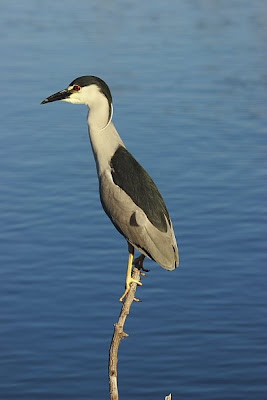Happy Wildlife New Year !!!!!


Photos by Juan Aguero (juanKa)
Fisheating Creek Wildlife Management, 2008
Camera Canon 40D, Lens Canon 100-400mm L IS
Fisheating Creek Wildlife Management, 2008
Camera Canon 40D, Lens Canon 100-400mm L IS
Photography, Conservation, Exploration





































